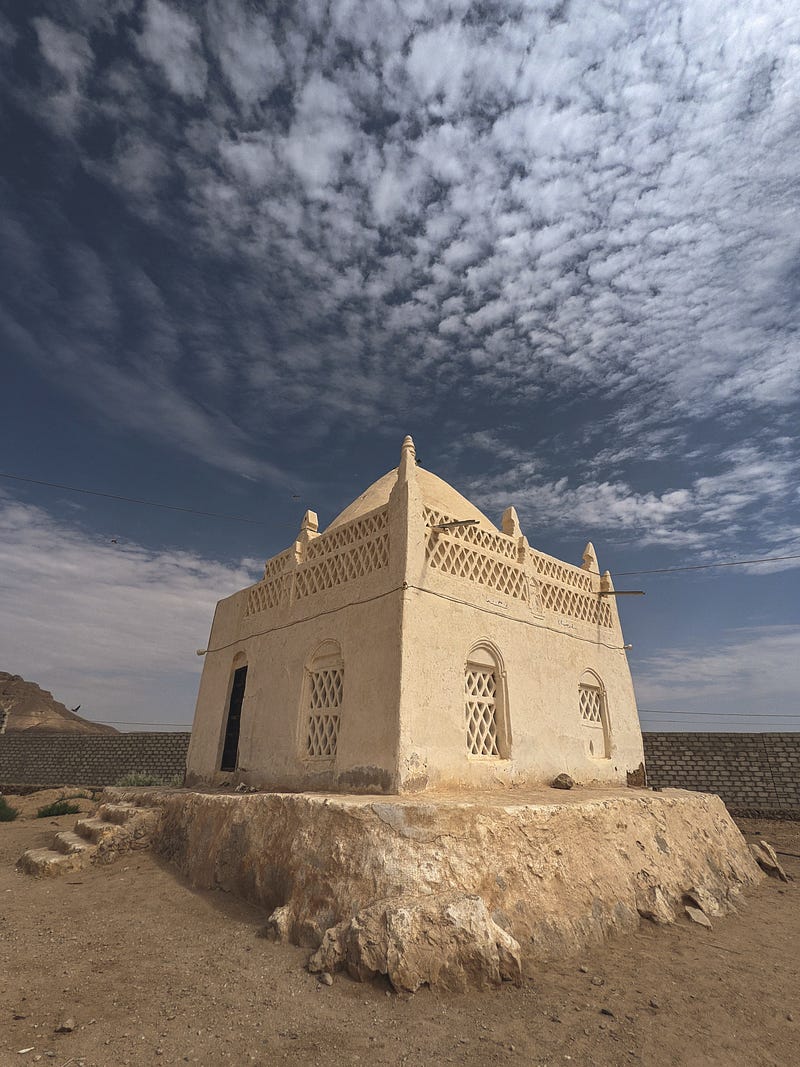Unearthing the Mysteries of a 7,000-Year-Old Tomb in Oman
Written on
Chapter 1: A Glimpse into Oman's Ancient Past
The discovery of a prehistoric tomb in Oman has unveiled a mass burial site containing the remains of numerous individuals. This site provides a fascinating insight into the region's historical significance.
Many thousands of years ago, Oman was a thriving center on the Arabian Peninsula, strategically positioned along key trade routes. The local populace primarily engaged in crafts, fishing, and the production of incense, which was traded extensively.
Recent archaeological endeavors have led to the unearthing of various sites dating back to the Paleolithic and Neolithic eras, particularly along the eastern coast. These excavations have revealed not only remarkable pottery but also monumental architectural structures.
Section 1.1: The Tomb's Discovery
In a recent excavation near Naf?n in central Oman, Czech researchers from the Academy of Sciences in Prague stumbled upon a stone tomb that contained multiple burials.
“No Bronze Age or older tombs have been identified in this area before. This burial site is genuinely exceptional,” stated Alžb?ta Danielisová, an archaeologist at the Institute of Archaeology in Prague, in an interview with Live Science.
Radiocarbon dating suggests that this tomb may date back approximately 7,000 years, marking it as potentially one of the earliest man-made structures in Oman.
Subsection 1.1.1: Interior Insights

The Czech team notes that the tomb was originally located a decade ago using satellite imagery, but only now has thorough research been conducted, revealing human remains.
The tomb's walls were constructed from thin stone slabs arranged in a batter wall formation, similar to the techniques used in building the Temple of Jupiter in Lebanon’s Baalbek. A roof made of similar stones was also present but had collapsed, likely due to the region's annual monsoon rains.
Inside, archaeologists found several piles of bones, leading them to believe that the deceased may have been placed inside the tomb after decomposition had begun, with skulls positioned next to the outer wall.
Interestingly, a smaller, more recent tomb was also discovered nearby, indicating different burial practices over the centuries. The remains found date back to various periods, with three graves linked to the Samad culture, which emerged in Oman approximately 3,000 years later.
Section 1.2: Additional Discoveries
Inscriptions dating back 6,000 years were also uncovered near the primary tomb. Some symbols resemble rudimentary paintings, but Danielisová suggests they might represent an ancient, undeciphered writing system, possibly indicating words or names, though this remains a topic for further exploration.
Scientists plan to conduct additional research around the ancient tombs, including isotopic analyses of the remains. This could yield valuable information regarding the lives and beliefs of the people who once inhabited the Arabian Peninsula. Moreover, traces of an ancient settlement near Naf?n have been identified, hinting at further evidence of past human life in the region.
This discovery is part of a larger series of findings by Czech archaeologists in Oman. Just days prior, researchers unearthed enigmatic structures referred to as the “Arab Stonehenge” at the Zufar site, estimated to be around 2,000 years old.
Chapter 2: New Discoveries in Nature
The video titled "Sweden's 'exceptional' 7,000-year-old burial comes to life - BBC REEL - YouTube" explores the intriguing aspects of ancient burial practices, shedding light on the significance of such discoveries in understanding historical cultures.
Did you enjoy this article? If you did, please share your thoughts, show your support, or consider leaving a tip. Your encouragement motivates me to continue creating engaging content. Follow me for daily updates on new articles! Thank you!